Foundation Repair Timing and Importance

Spring offers moderate temperatures and stable ground conditions, making it an ideal time for repairs.
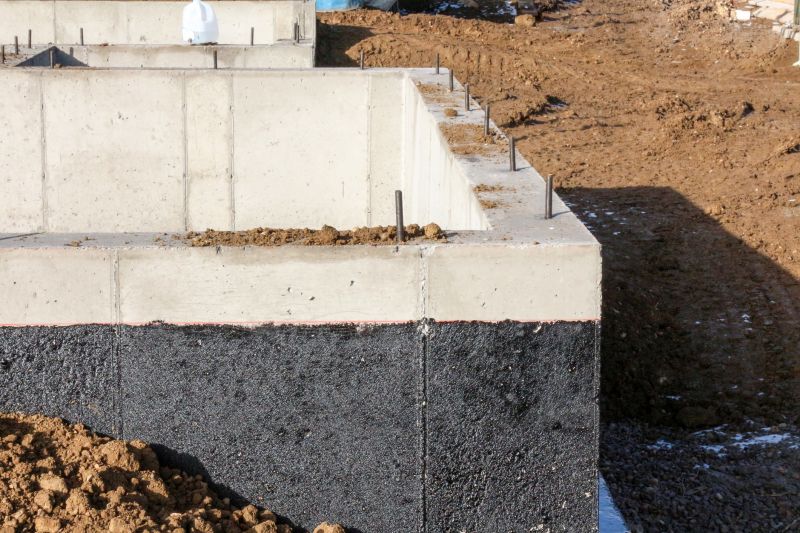
Summer's dry weather reduces the risk of delays caused by rain, facilitating quicker repairs.
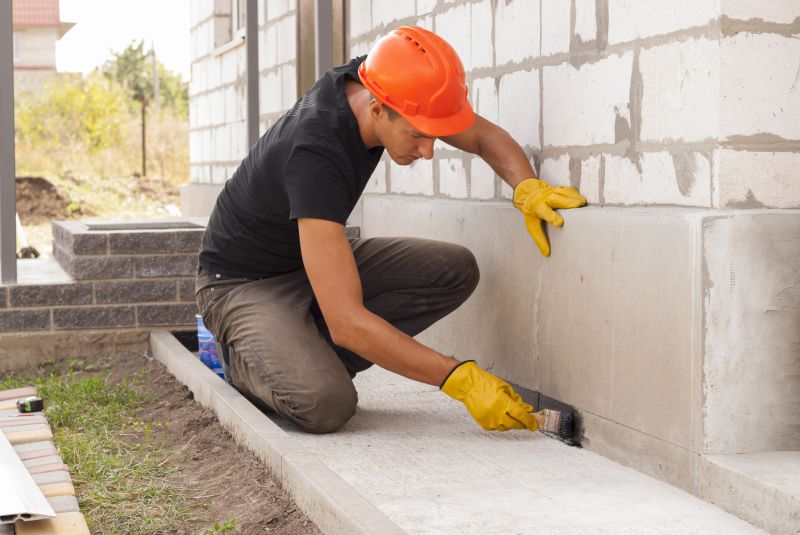
Fall's cooler temperatures and reduced humidity can help in proper curing of repair materials.
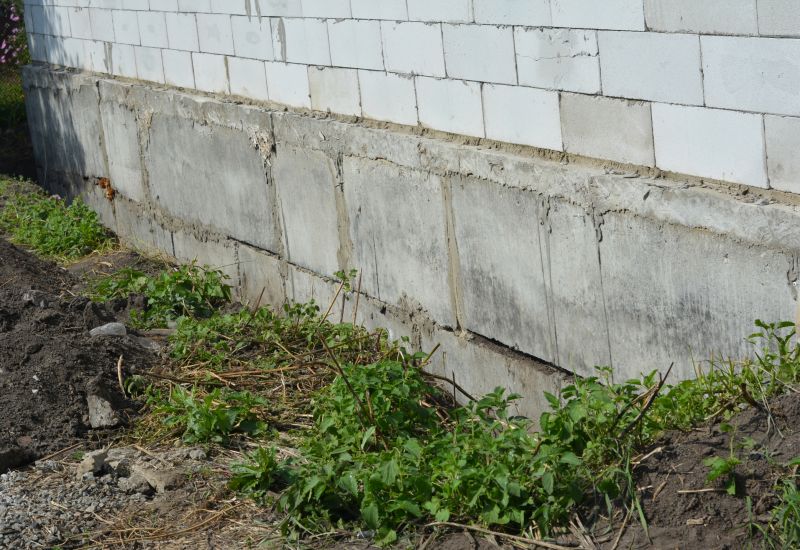
Winter is generally less suitable due to frozen ground, but some repairs can be scheduled if conditions permit.
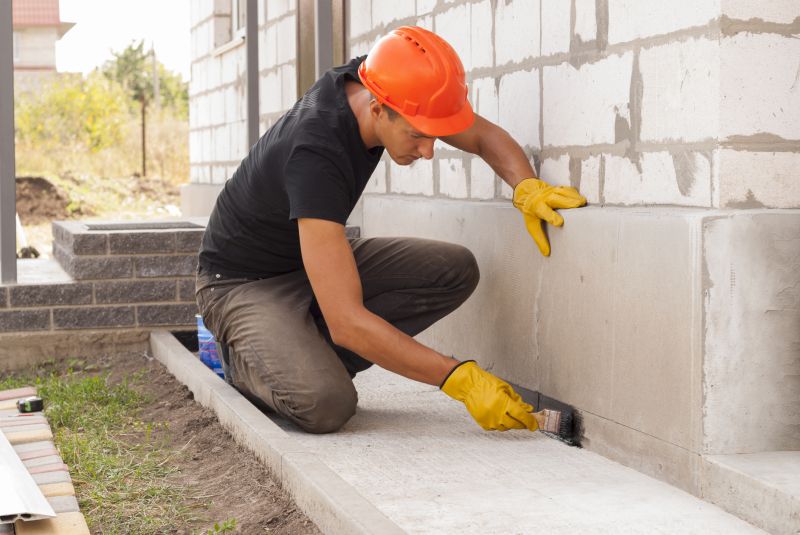
Spring and summer are typically the best seasons for foundation repairs due to favorable weather conditions.
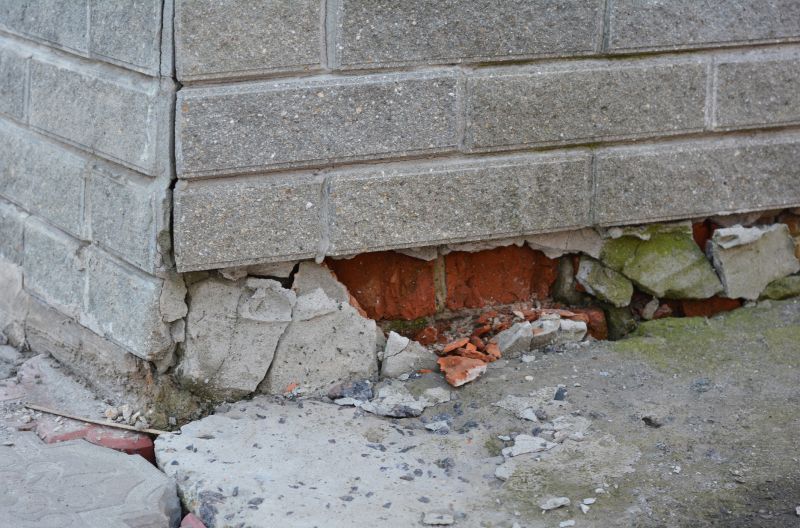
Avoid scheduling repairs during periods of heavy rain or extreme cold to ensure quality results.
Foundation repairs are essential for maintaining the structural integrity of a building. They involve correcting issues such as settling, cracking, or shifting of the foundation. Proper timing of these repairs can influence the longevity and effectiveness of the work performed. Seasonal factors like ground moisture levels, temperature fluctuations, and weather conditions play a significant role in the success of foundation repair projects.
Statistics indicate that foundation problems are among the most common structural issues faced by homeowners. Addressing issues promptly can prevent more extensive and costly repairs in the future. Understanding the optimal time for repairs helps ensure that the work is durable and minimizes disruption to property occupants.
Settlement occurs when the soil beneath a foundation shifts, causing uneven support and potential cracking.
Cracks in walls, uneven floors, and sticking doors are common indicators of foundation issues.
Repairs may include piering, underpinning, or slab stabilization depending on the problem.
Prompt repairs help prevent further deterioration and structural failure.
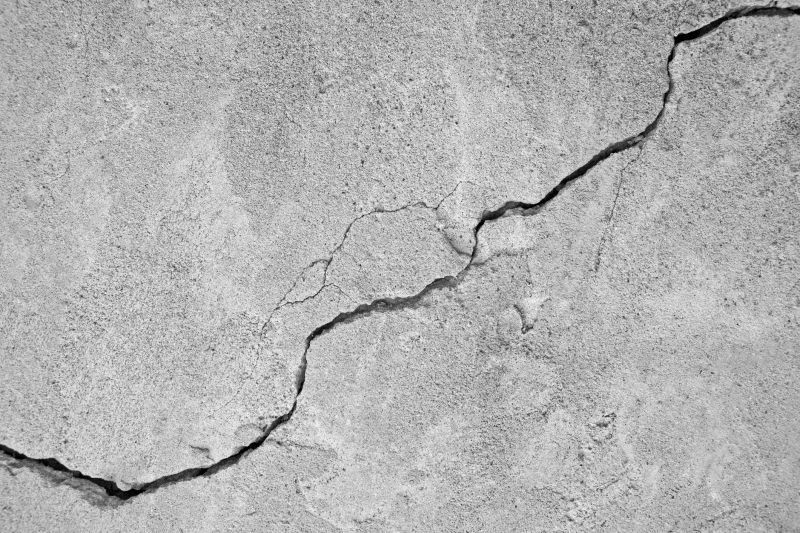
Repairs to cracks can restore stability and prevent water intrusion.
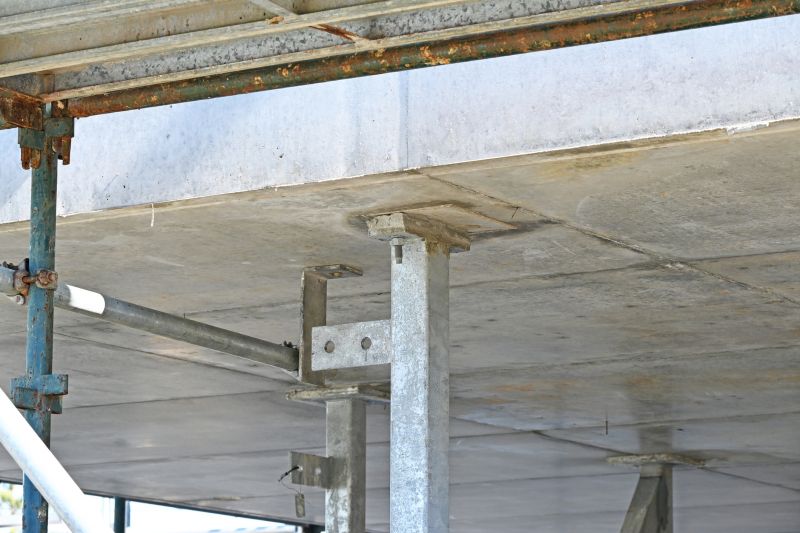
Supports are added to reinforce the foundation and prevent further settling.
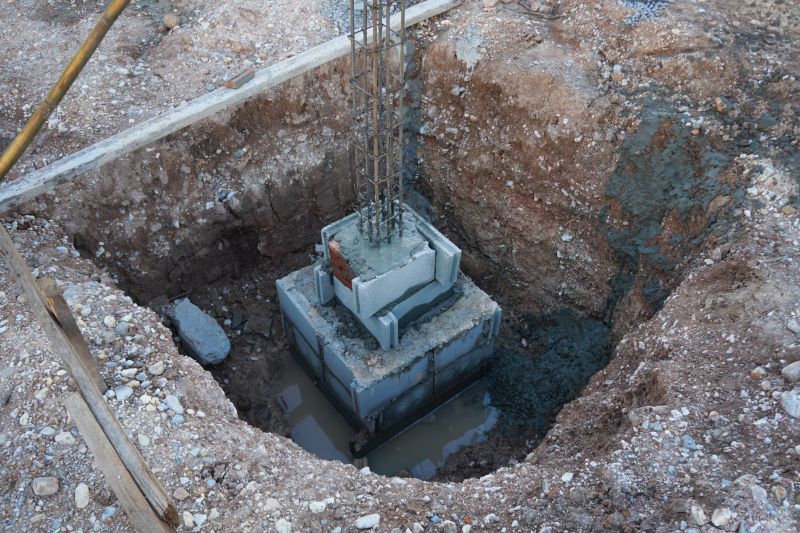
Methods include soil injection and compaction to improve ground support.
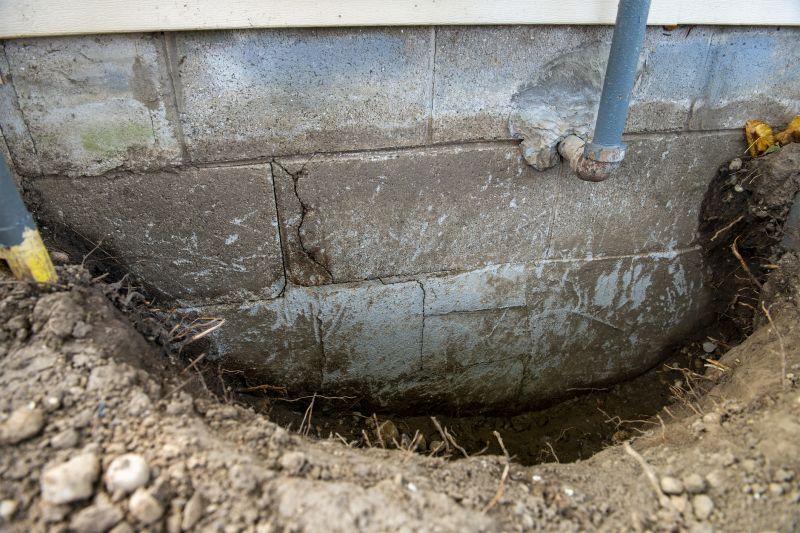
Ensures that repairs are effective and the foundation remains stable.
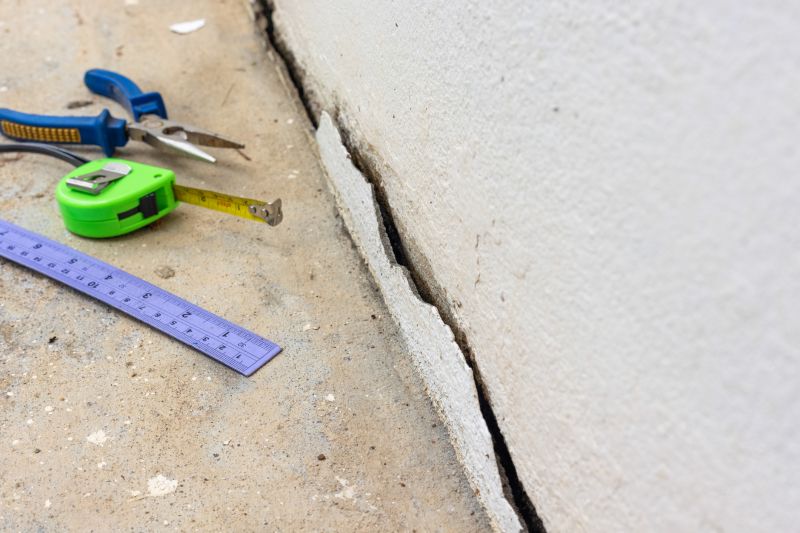
Ways to make Foundation Repairs work in tight or awkward layouts.
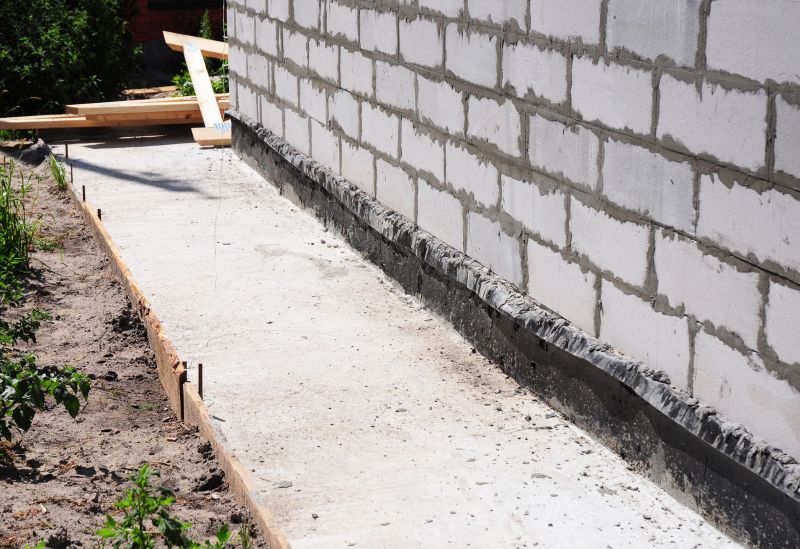
Popular materials for Foundation Repairs and why they hold up over time.
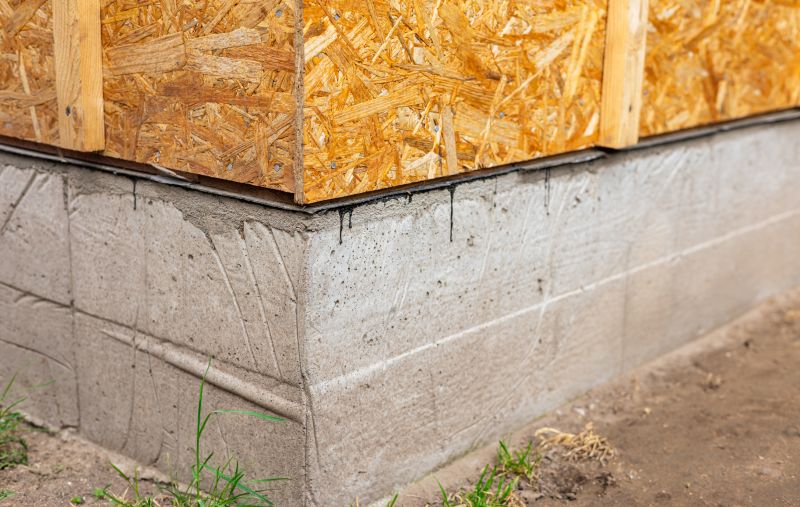
Simple add-ons that improve Foundation Repairs without blowing the budget.
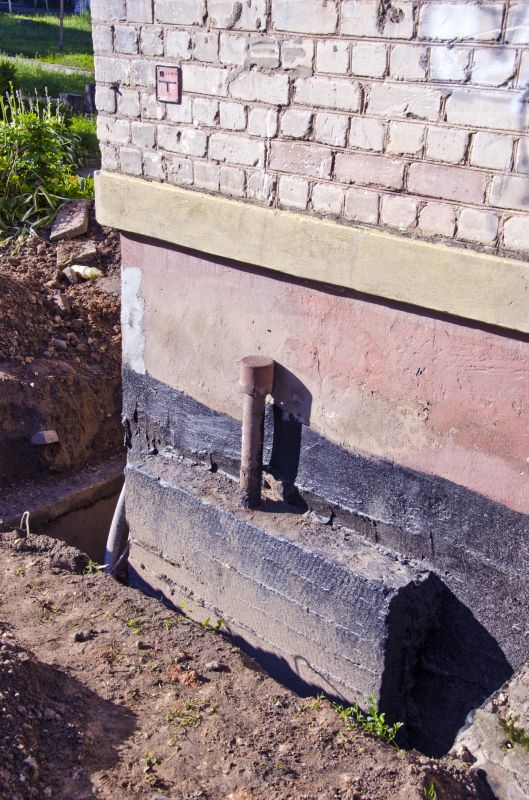
High-end options that actually feel worth it for Foundation Repairs.
| Season | Advantages | Considerations |
|---|---|---|
| Spring | Moderate weather, rising ground moisture | Potential for rain delays |
| Summer | Dry conditions, quick scheduling | High temperatures may affect curing |
| Fall | Cooler temperatures, less humidity | Approaching winter risks |
| Winter | Limited scheduling options | Frozen ground complicates repairs |
Choosing the right season for foundation repairs can influence the durability and success of the work. The best times generally include spring and summer, when weather conditions are most favorable. Proper timing minimizes delays and ensures optimal curing of repair materials, leading to longer-lasting results.
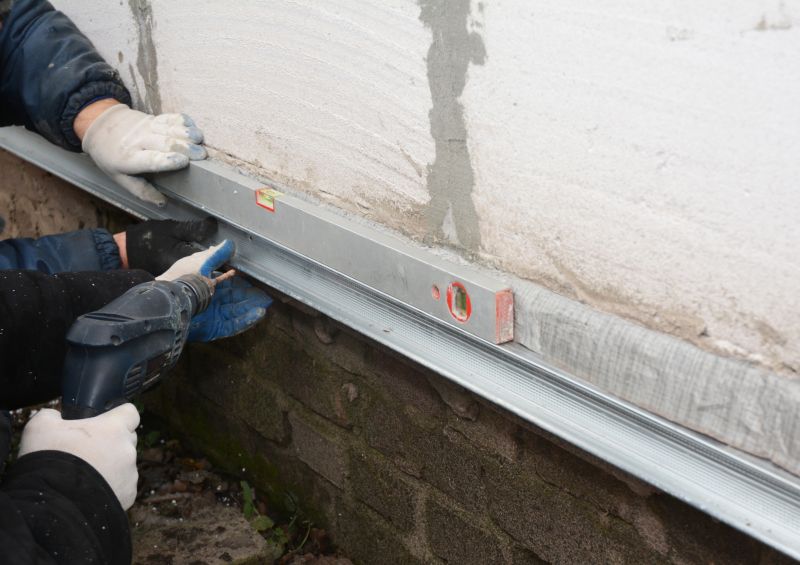
The process involves assessment, planning, and execution of stabilization techniques.
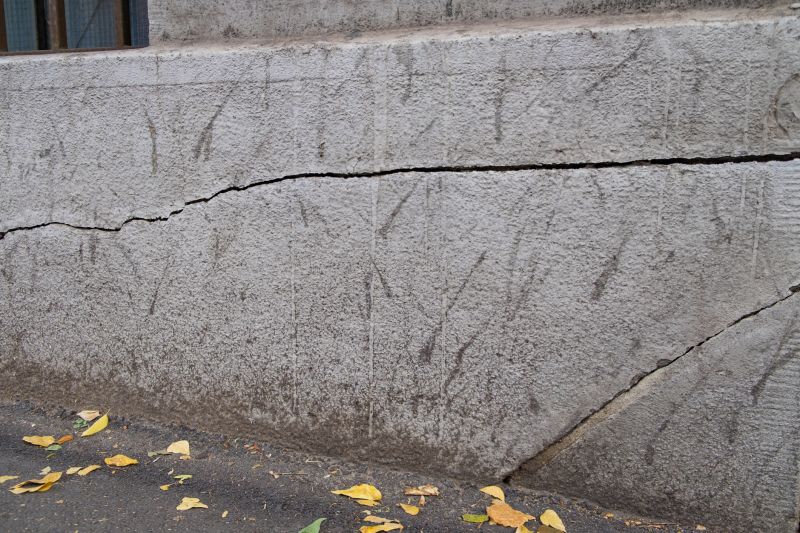
Cracks are a common sign of foundation issues and require prompt attention.
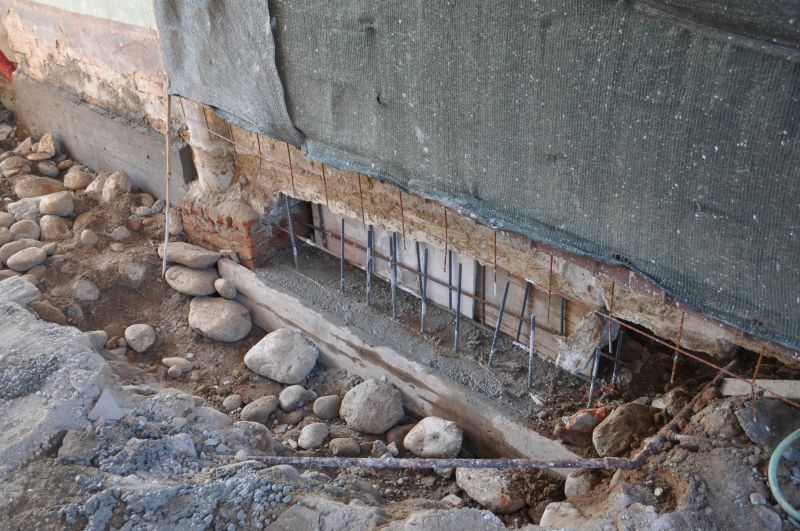
Methods like underpinning improve ground support for the foundation.
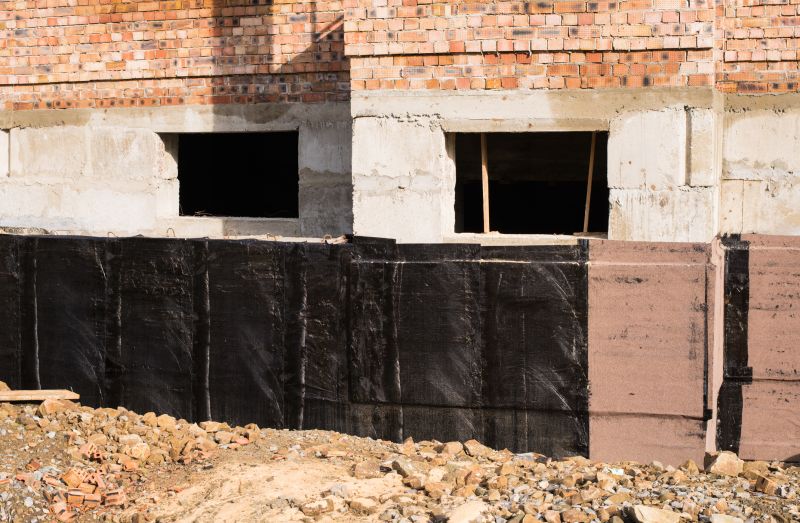
Ongoing assessment ensures the foundation remains stable over time.
Timely foundation repairs are crucial for preserving property value and safety. Understanding seasonal impacts and choosing the appropriate time for repairs can lead to more effective and lasting solutions. Proper planning and expert assessment are recommended to determine the best approach for each specific situation.
Those interested in foundation repairs are encouraged to contact for additional information or to schedule an assessment. Proper timing and professional execution can help maintain the stability and safety of a property over the long term.

